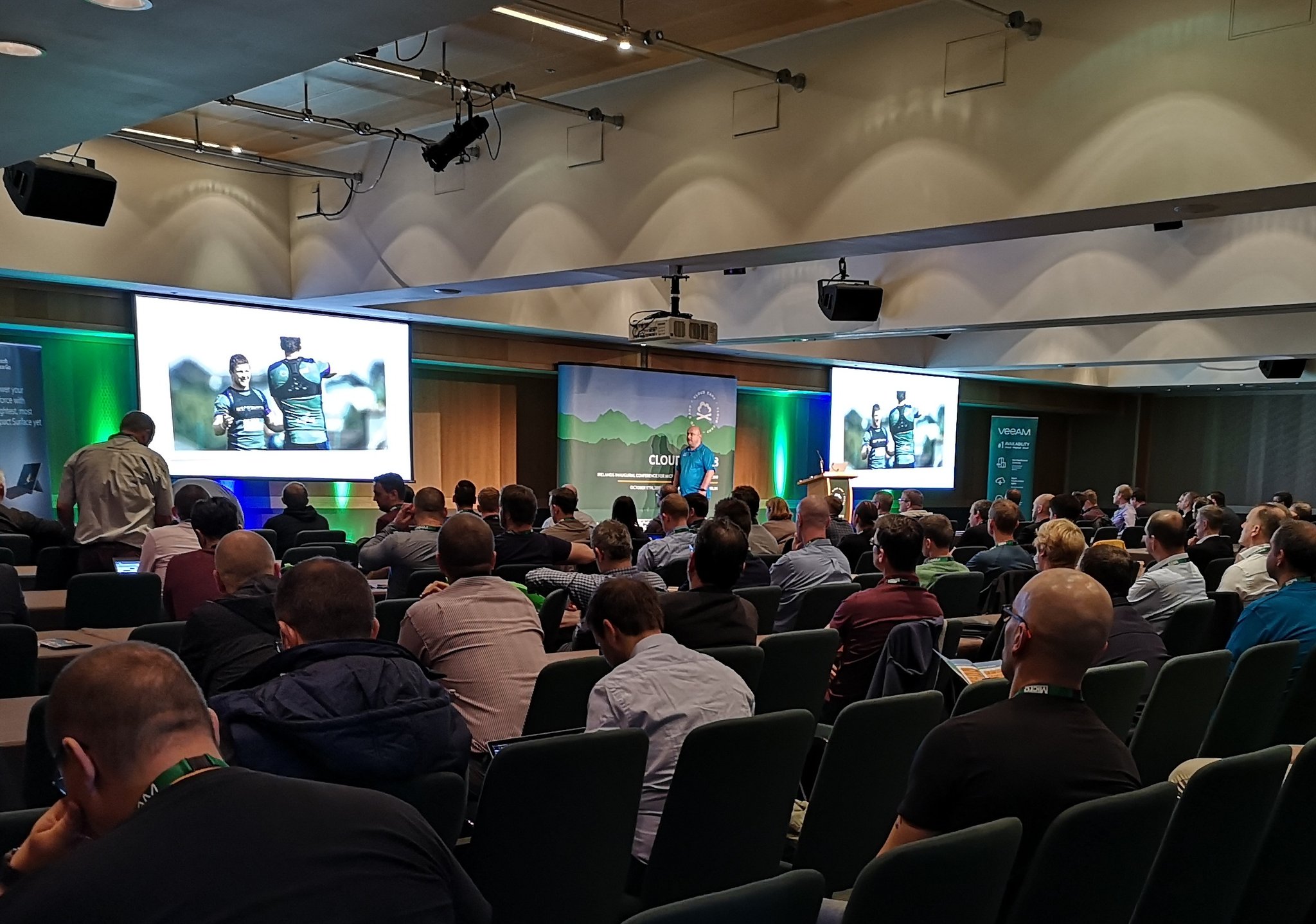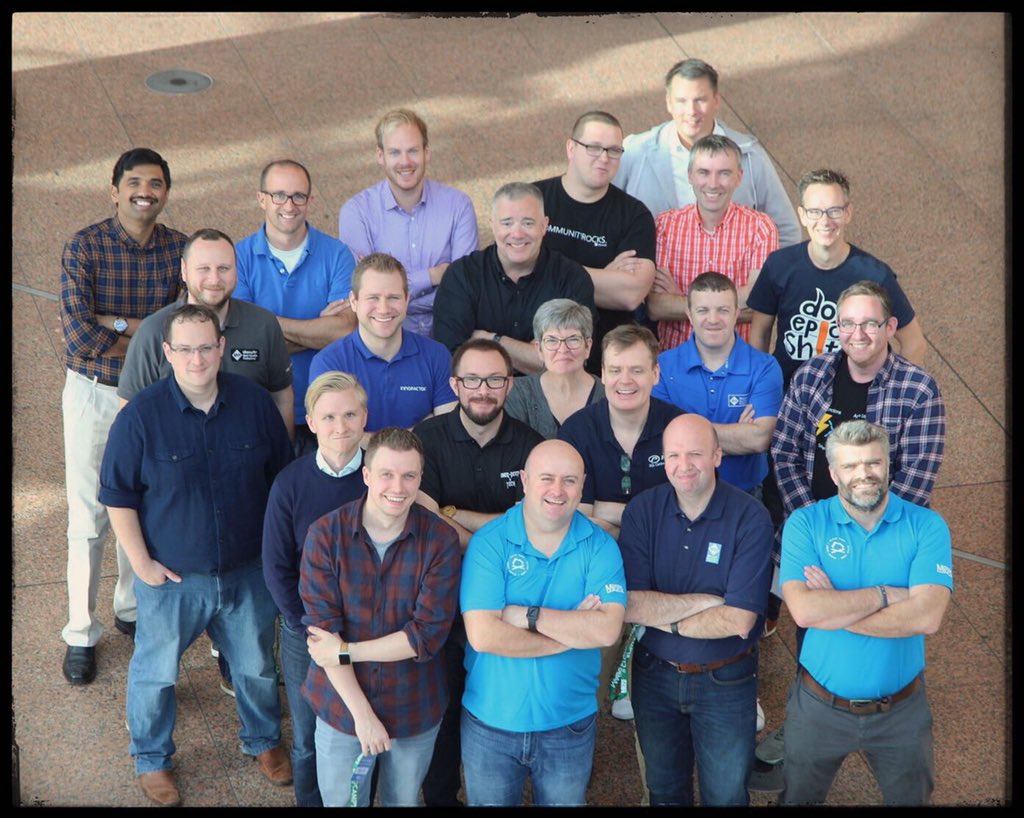In this post, I’d like to explain a few options you have to get secure/private connections to Azure’s platform-as-a-service offerings.
Express Route – Microsoft Peering
ExpressRoute comes in a few forms, but at a basic level, it’s a “WAN” connection to Azure virtual networks via one or more virtual network gateways; Customers this private peering to connect on-premises networks to Azure virtual networks over an SLA-protected private circuit. However, there is another form of peering that you can do over an ExpressRoute circuit called Microsoft peering. This is where you can use your private circuit to connect to Microsoft cloud services that are normally connected to over the public Internet. What you get:
- Private access to PaaS services from your on-premises networks.
- Access to an entire service, such as Azure SQL.
- A wide array of Azure and non-Azure Microsoft cloud services.
FYI, Office 365 is often mentioned here. In theory, you can access Office 365 over Microsoft peering/ExpressRoute. However, the Office 365 group must first grant you permission to do this – the last I checked, you had to have legal proof of a regulatory need for private access to Cloud services.
Service Endpoint
Imagine that you are running some resources in Azure, such as virtual machines or App Service Environment (ASE); these are virtual network integrated services. Now consider that these services might need to connect to other services such as storage accounts, Azure SQL, or others. Normally, when a VNet connected resource is communicating with, say, Azure SQL, the packets will be routed to “Internet” via the 0.0.0.0/0 default route for the subnet – “Internet” is everywhere outside the virtual network, not necessarily The Internet. The flow will hit the “public” Azure backbone and route to the Azure SQL compute cluster. There are two things about that flow:
- It is indirect and introduces latency.
- It traverses a shared network space.
- A growing number of Azure-only services that support service endpoints.
A growing number of services, including storage accounts, Azure SQL, Cosmos DB, and Key Vault, all have services endpoints available to them. You can enable a service endpoint anywhere in the route from the VM (or whatever) to “Internet” and the packets will “drop” through the service endpoint to the required Azure service – make sure that any firewall in the service accepts packets from the private subnet IP address of the source (VM or whatever). Now you have a more direct and more private connection to the platform service in Azure from your VNet. What you get:
- Private access to PaaS services from your Azure virtual networks.
- Access to an entire service, such as Azure SQL, but you can limit this to a region.
Service Endpoint Trick #1
Did you notice in the previous section on service endpoints that I said:
You can enable a service endpoint anywhere in the route from the VM (or whatever) to “Internet”
Imagine you have a complex network and not everyone enables service endpoints the way that they should. But you manage the firewall, the public IPs, and the routing. Well, my friend, you can force traffic to support Azure platform services via service endpoints. If you have a firewall, then your routes to “Internet” should direct outbound traffic through the firewall. In the firewall (frontend) subnet, you can enable all the Azure service endpoints. Now when packets egress the firewall, they will “drop” through the service endpoints and to the desired Azure platform service, without ever reaching “Internet”.
Service Endpoint Trick #2
You might know that I like Azure Firewall. Here’s a trick that the Azure networking teams shared with me – it’s similar to the above one but is for on-premises clients trying to access Azure platform services.
You’ve got a VPN connection to a complex virtual network architecture in Azure. And at the frontend of this architecture is Azure Firewall, sitting in the AzureFirewallSubnet; in this subnet you enabled all the available service endpoints. Let’s say that someone wants to connect to Azure SQL using Power BI on their on-premises desktop. Normally that traffic will go over the Internet. What you can do is configure name resolution on your network (or PC) for the database to point at the private IP address of the Azure Firewall. Now Power BI will forward traffic to Azure Firewall, which will relay you to Azure SQL via the service endpoint. What you get:
- Private access to PaaS services from your on-premises or Azure networks.
- Access to individual instances of a service, such as an Azure SQL server
- A growing number of Azure-only services that support service endpoints.
Private Link
In this post, I’m focusing on only one of the 3 current scenarios for Private Link, which is currently in unsupported preview in limited US regions only, for limited platform services – in other words, it’s early days.
This approach aims to give a similar solution to the above “Service Endpoint Trick #2” without the use of trickery. You can connect an instance of an Azure platform service to a virtual network using Private Link. That instance will now have a private IP address on the VNet subnet, making it fully routable on your virtual network. The private link gets a globally unique record in the Microsoft-managed privatelink.database.windows.net DNS zone. For example, your Azure SQL Server would now be resolvable to the private IP address of the private link as yourazuresqlsvr.privatelink.database.windows.net. Now your clients, be the in Azure or on-premises, can connect to this DNS name/IP address to connect to this Azure SQL instance. What you get:
- Private access to PaaS services from your on-premises or Azure networks.
- Access to individual instances of a service, such as an Azure SQL server.
- (PREVIEW LIMITATIONS) A limited number of platform services in limited US-only regions.



















